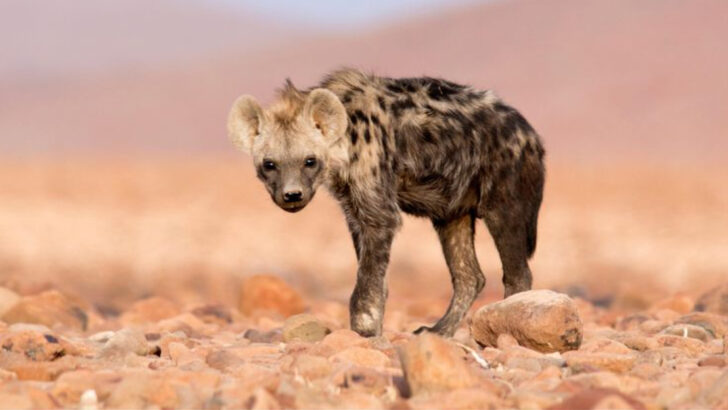Hyenas get a bad rap—thanks, Lion King—but these animals are way more than just creepy scavengers.
They’re fierce hunters, powerful enough to take down wildebeest and smart enough to outmaneuver lions. And their laughter? It’s not just some eerie jungle giggle—it’s a complex way of communicating dominance, excitement, and even frustration.
Hyenas have one of the most crushing bites in the animal kingdom, strong enough to shatter bones like crackers. And if that wasn’t impressive enough, their social structure is a matriarchy, where the females rule the clan with ironclad leadership.
Think you know hyenas? Think again. These 19 facts will change everything you thought you knew about these misunderstood predators!
Hyenas’ Remarkable Strength
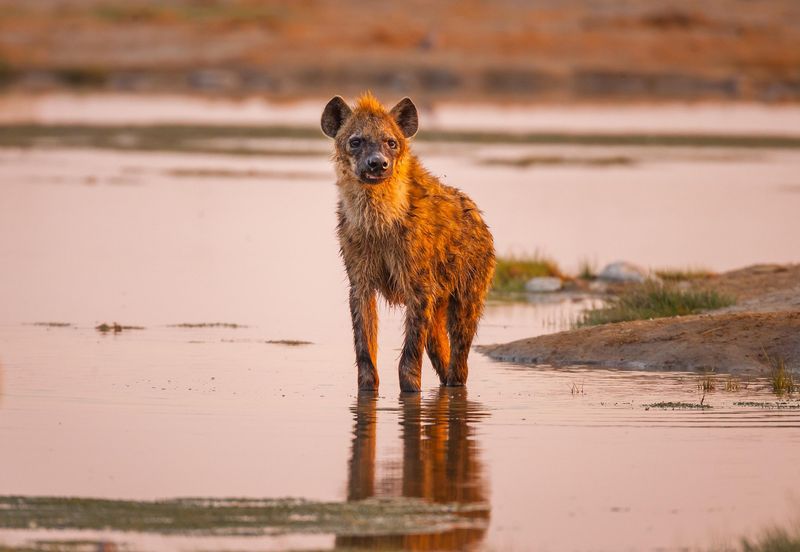
Hyenas are renowned for their bone-crushing jaws, which are among the strongest in the animal kingdom. Their powerful bite allows them to access the nutritious marrow inside bones, a delicacy not reachable by many predators. Hyenas’ jaw muscles are so powerful that they can exert a force of over 1,100 psi (pounds per square inch). This ability helps them make the most out of any meal, especially in the harsh environments where food can be scarce. Their strength is a testament to their adaptability and resourcefulness, playing a crucial role in their survival.
Complex Social Structures
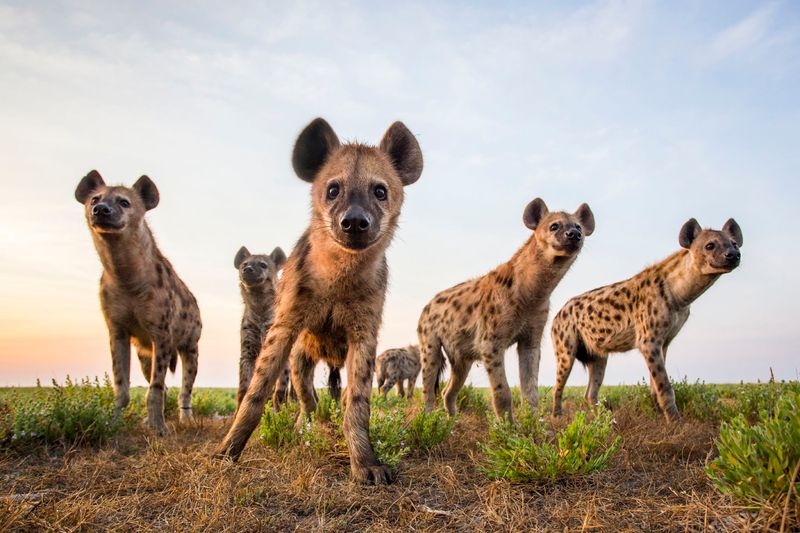
Hyenas live in complex social groups known as clans, which can consist of up to 80 individuals. These clans are matriarchal, with female hyenas leading the group and holding the highest rank. Unlike many other mammalian societies, male hyenas are subordinate to females. Each clan member has a specific role and status, which is communicated through intricate social behaviors and vocalizations. This social structure is vital for their survival, as it enables them to cooperate during hunts and protect their territory from rival clans. Their social intelligence rivals that of primates, making them fascinating subjects of study.
Unique Communication Methods
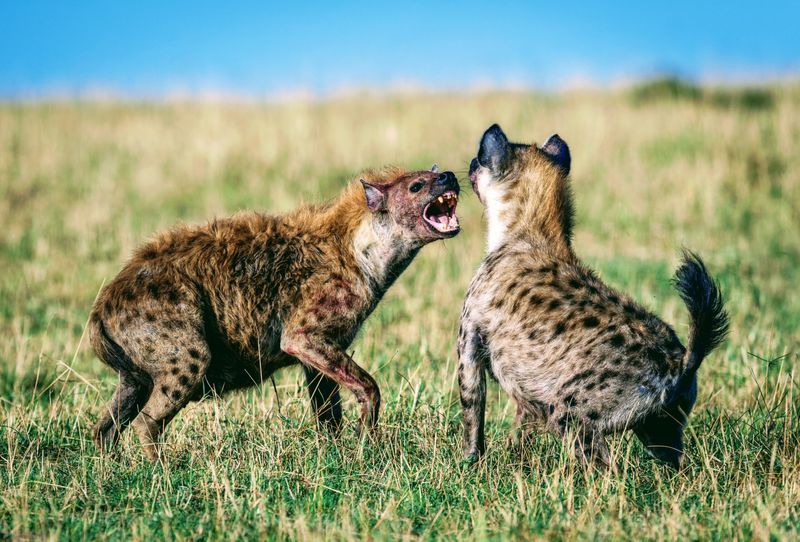
Hyenas are highly vocal animals, using a variety of sounds to communicate with each other. Their “laugh,” a high-pitched cackle, is perhaps the most famous, often used to express excitement or submission. However, their vocal repertoire includes growls, whoops, and yells, each conveying different messages. These sounds can be heard over long distances, helping clan members coordinate during hunts or alert each other to danger. Hyenas’ communication skills reflect their intelligence and social complexity, enabling them to thrive in diverse environments. Their vocalizations are key to their collaborative success.
Efficient Scavengers and Hunters
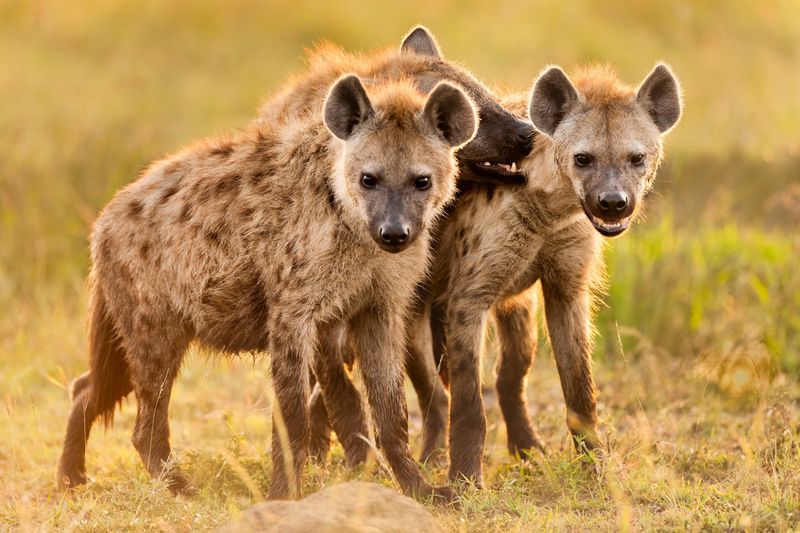
While hyenas are often depicted as mere scavengers, they are also skilled hunters. In fact, some species, like the spotted hyena, obtain up to 95% of their food through hunting. Their hunting strategy involves teamwork and endurance, allowing them to bring down large prey such as wildebeests and zebras. However, their scavenging abilities are also noteworthy, as they can consume nearly every part of a carcass, leaving little to waste. This dual feeding strategy makes them highly efficient carnivores, capable of adapting to changing food availability. Hyenas’ versatility in feeding is a remarkable feature.
Incredible Stamina
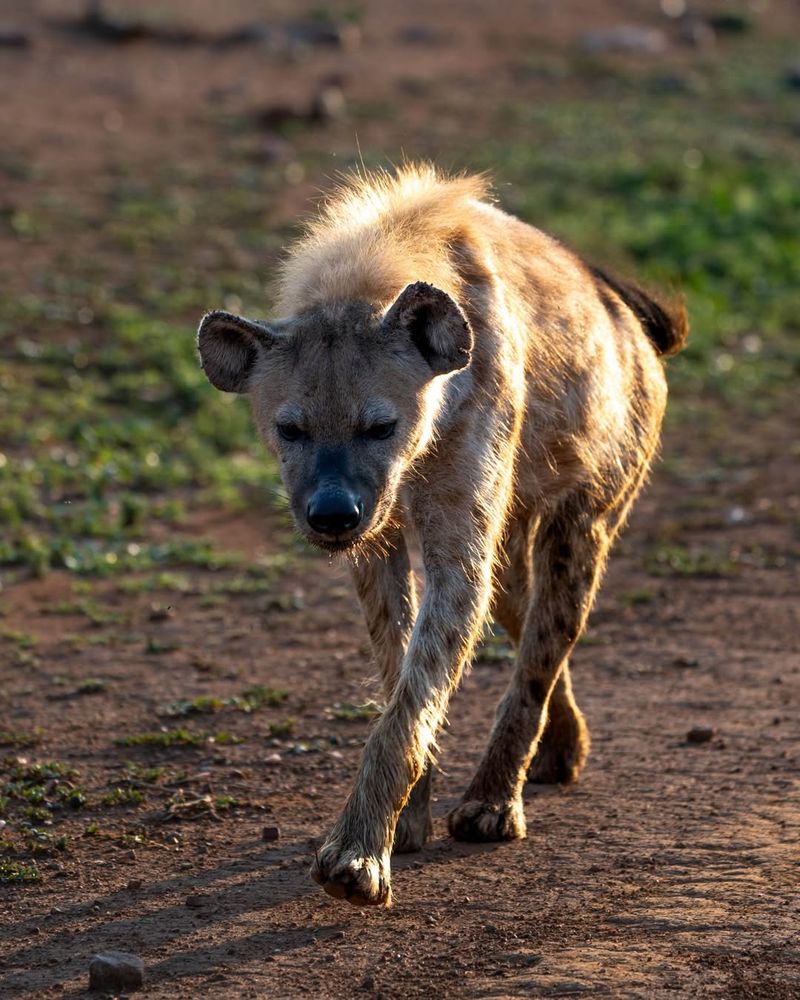
Hyenas are built for endurance, with physical adaptations that allow them to travel long distances in search of food. Their long legs and efficient gait enable them to trot for many miles without tiring. This stamina is particularly useful during hunts, where persistence often pays off. Unlike sprinters like cheetahs, hyenas can maintain a steady pace to outlast their prey. Their endurance is complemented by a keen sense of smell, which helps them track potential food sources over great distances. This combination of stamina and sensory acuity makes them formidable predators in their habitat.
The Female-Dominated Society
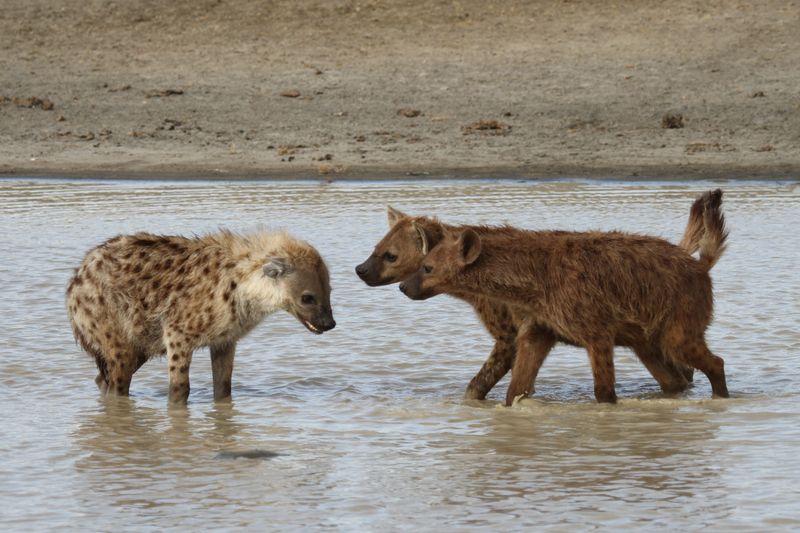
In hyena society, females rule supreme. They are larger, stronger, and more dominant than their male counterparts. This matriarchal structure is rare among mammals and influences all aspects of their social dynamics. Female hyenas maintain their dominance through physical strength and social alliances, often passed down from mother to daughter. This hierarchy determines access to food, mates, and other resources, ensuring the clan’s stability. The matriarchal nature of hyena society challenges traditional gender roles observed in many other species, highlighting the diversity of social systems in the animal kingdom.
Hyenas’ Role in the Ecosystem
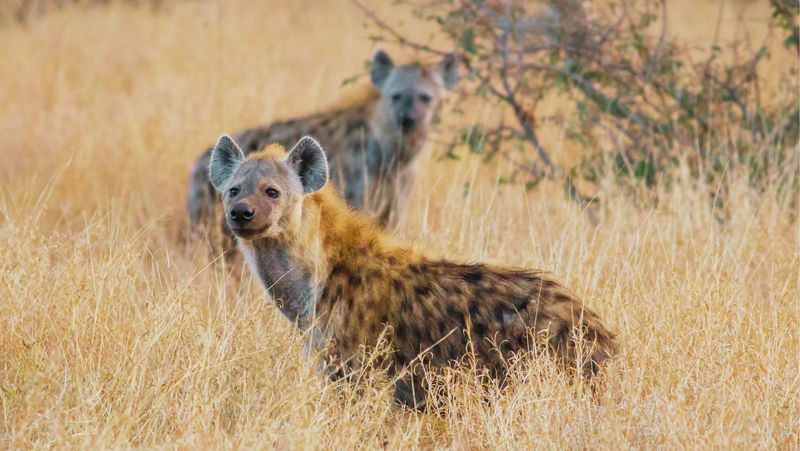
Hyenas play a crucial role in maintaining the balance of their ecosystems. As both predators and scavengers, they help control herbivore populations and recycle nutrients by consuming carcasses. This dual role reduces the spread of disease by cleaning up dead animals and contributes to the health of the environment. Hyenas’ presence also influences the behavior of other wildlife, as they often compete with lions and other predators for food. Their ecological impact extends beyond their immediate surroundings, as they are integral to the functioning of many African landscapes. Understanding their role highlights their importance in biodiversity.
Misunderstood Creatures
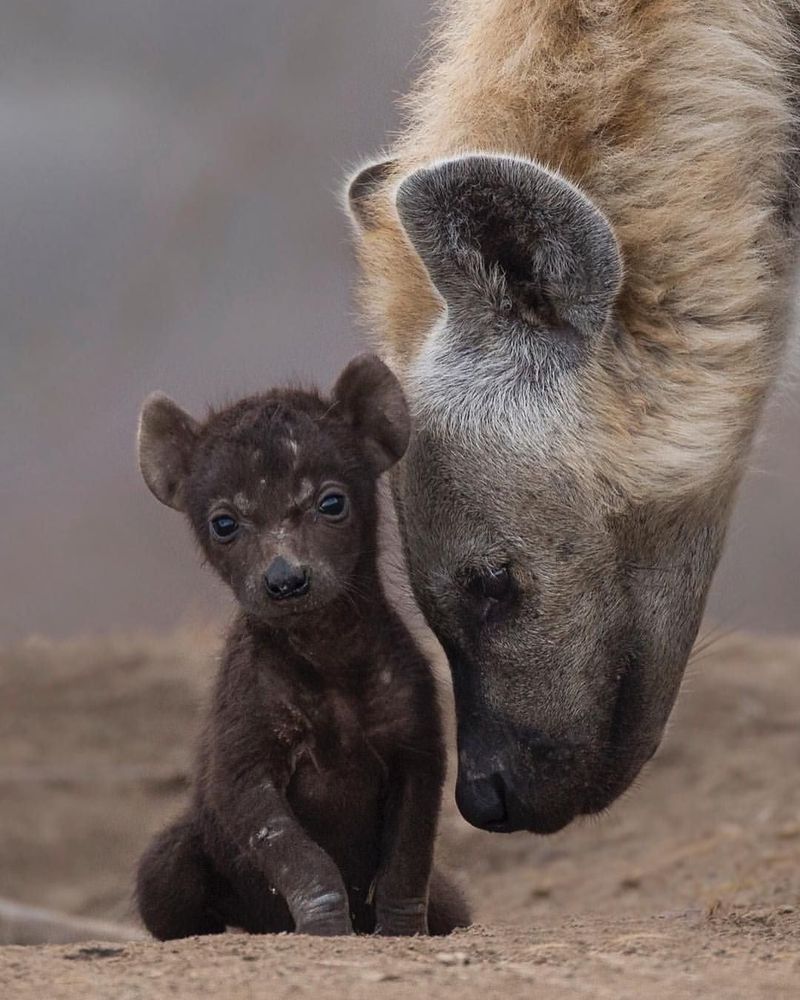
Hyenas have long been misunderstood, often portrayed as villains in folklore and popular media. Contrary to these stereotypes, they are intelligent and social animals with complex behaviors. Their reputation as cowardly scavengers overshadows their remarkable hunting skills and adaptability. By understanding their true nature, we can appreciate their role in the ecosystem and the challenges they face. Conservation efforts are crucial to protect these unique animals and dispel myths that contribute to their negative image. Recognizing their contributions and respecting their place in nature can lead to more informed and compassionate perspectives.
Remarkable Intelligence
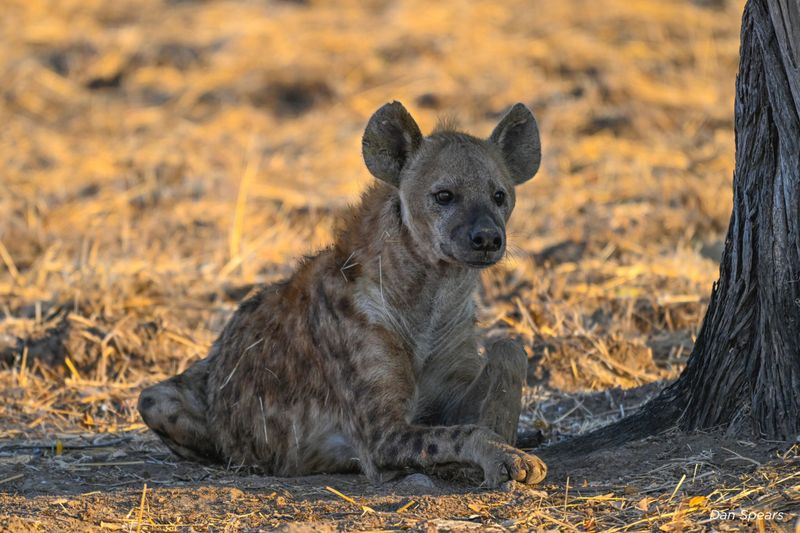
Hyenas are intelligent animals with problem-solving abilities that rival some primates. Studies have shown that they can count, plan, and even use tools in certain situations. Their intelligence is evident in their social interactions, where they navigate complex hierarchies and form alliances. In the wild, this cognitive prowess aids in hunting, foraging, and avoiding predators. Researchers continue to uncover the depths of hyena intelligence, challenging preconceived notions about their capabilities. This intelligence is a testament to their evolutionary success and adaptability, allowing them to thrive in diverse and often challenging environments.
Unique Reproductive Biology
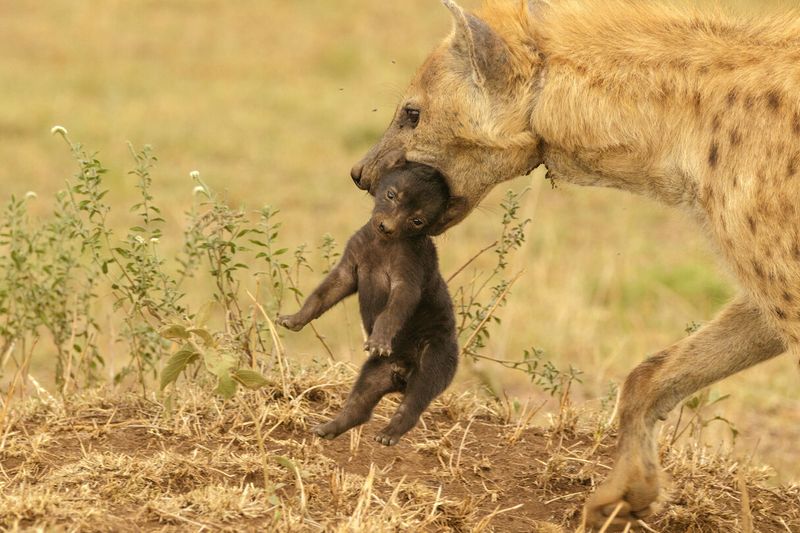
Hyenas have one of the most unusual reproductive systems in the animal kingdom. Female spotted hyenas possess a pseudo-penis, an elongated clitoris through which they give birth. This unique trait has fascinated scientists, leading to studies on its evolutionary advantages. The reproductive process is challenging, with high mortality rates for both mothers and cubs. Despite this, hyenas have adapted remarkably well, ensuring the survival of their species. Understanding their reproductive biology provides insights into their social structure and evolutionary strategies, highlighting the complexities of their life cycle.
Vocalizations and Their Meanings
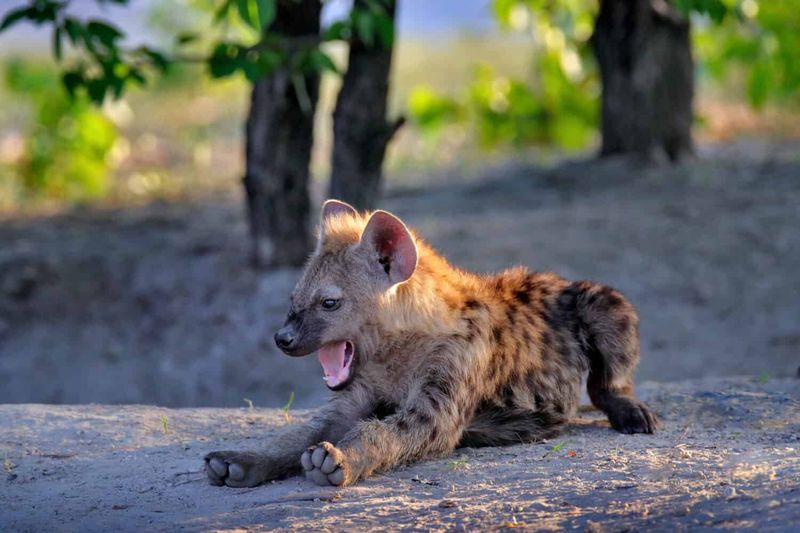
Hyenas are known for their vocal repertoire, which includes a variety of sounds with specific meanings. The iconic “laugh” is just one aspect of their communication, often signaling submission or nervousness. Whoops, growls, and yells serve distinct purposes, such as coordinating hunts or warning of danger. These vocalizations can travel long distances, enabling hyenas to maintain contact with clan members in vast territories. Their ability to communicate effectively reflects their social intelligence and plays a vital role in their survival. Understanding their vocal language offers a glimpse into their complex social lives.
Adaptations for Survival
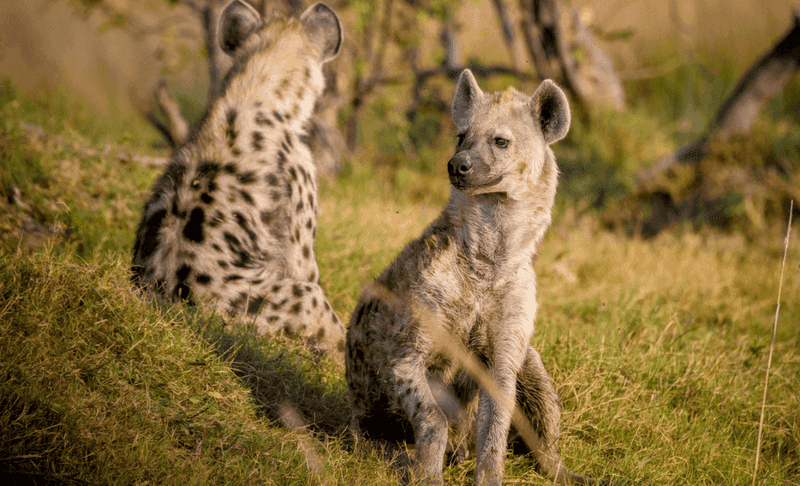
Hyenas have evolved a range of adaptations that enable them to thrive in diverse environments. Their strong jaws and digestive systems allow them to consume tough and nutrient-poor food sources. Their keen senses of smell and hearing help them locate prey and detect danger from afar. Behavioral adaptations, such as forming clans and establishing territories, further enhance their survival prospects. These traits have allowed hyenas to occupy various habitats, from savannas to deserts. Their ability to adapt to changing conditions underscores their resilience and evolutionary success in the animal kingdom.
Hyenas in Mythology and Culture

Hyenas have featured prominently in mythology and culture, often symbolizing cunning or treachery. In African folklore, they are sometimes depicted as tricksters or omens of bad luck. This cultural portrayal has contributed to their negative image, overshadowing their ecological importance. However, some cultures revere hyenas for their adaptability and survival skills. By exploring these myths, we gain insight into human perceptions of hyenas and the cultural context of their reputation. Understanding these stories helps bridge the gap between myth and reality, allowing us to appreciate hyenas’ true nature and significance.
Challenges Facing Hyenas
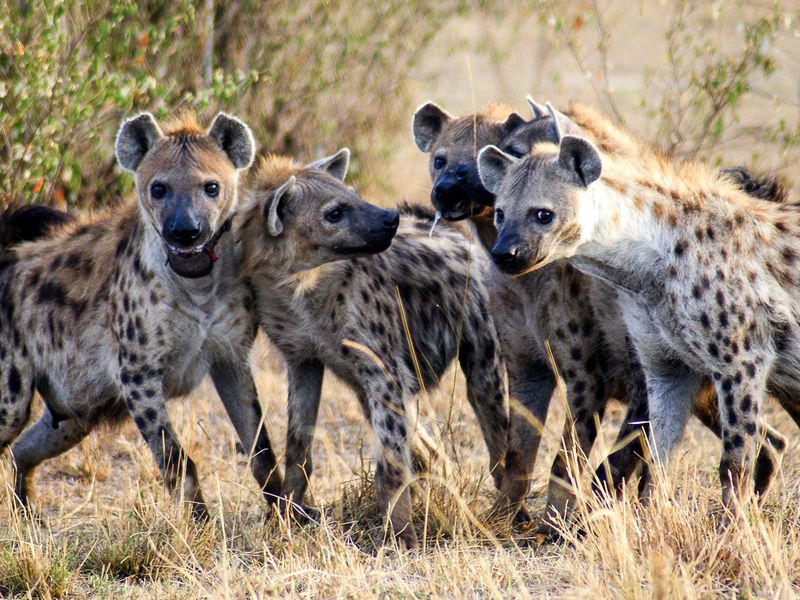
Hyenas face numerous challenges in the wild, including habitat loss and human-wildlife conflict. As human populations expand, their natural habitats are increasingly encroached upon, leading to reduced prey availability and greater competition. Additionally, hyenas are often persecuted due to misconceptions and fear, resulting in retaliatory killings. Conservation efforts are vital to address these issues, focusing on habitat preservation and education to change public perception. By understanding the challenges hyenas face, we can work towards coexistence and ensure their survival for future generations.
Importance of Conservation
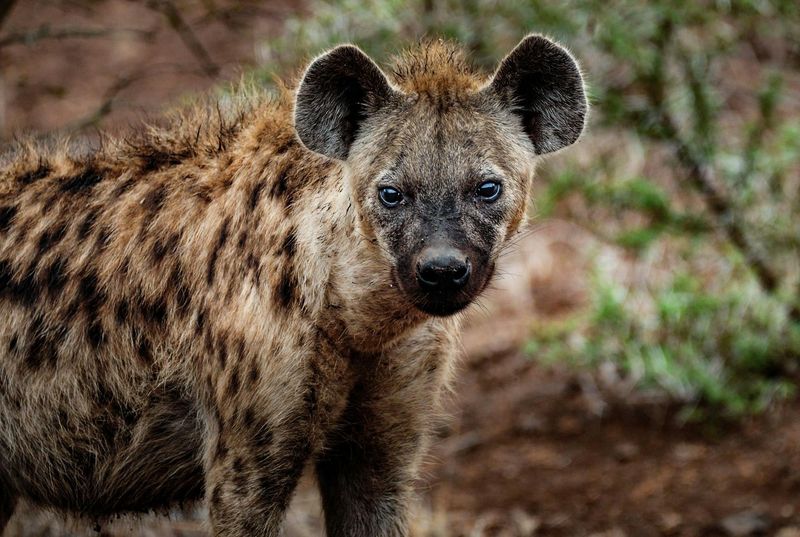
Conservation efforts are essential to protect hyenas and their habitats. These initiatives focus on preserving ecosystems, conducting research, and promoting coexistence between humans and wildlife. Education plays a crucial role in changing public perceptions and reducing conflicts. By highlighting the ecological importance of hyenas, conservationists aim to secure their future and maintain biodiversity. Collaborative efforts between governments, NGOs, and local communities are necessary to address the threats facing hyenas and ensure their survival. Conservation is not just about protecting hyenas but also about preserving the intricate balance of nature.
Hyenas’ Adaptability to Various Habitats
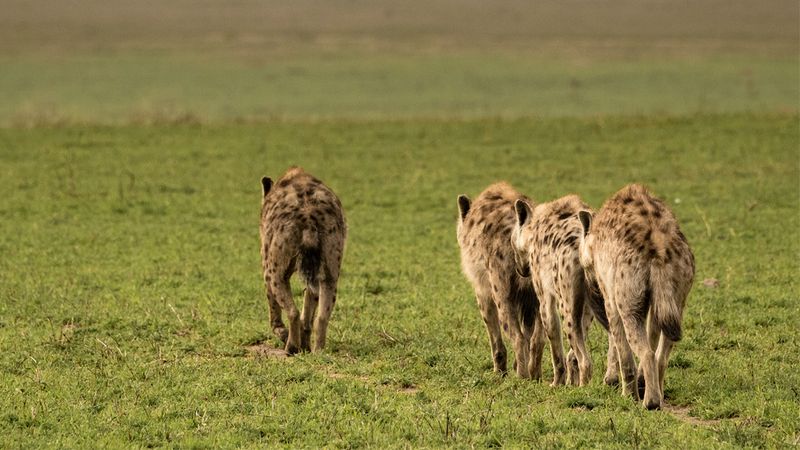
Hyenas are incredibly adaptable animals, capable of thriving in a wide range of habitats. From the open savannas to arid deserts, they have developed strategies to survive in diverse environments. Their ability to find food and water, coupled with their social structure, enables them to cope with harsh conditions. This adaptability is a key factor in their widespread distribution across Africa and parts of Asia. As environmental conditions change, hyenas continue to demonstrate resilience, showcasing their evolutionary success. Their adaptability is a reflection of their intelligence and resourcefulness in the face of challenges.
Hyenas’ Impact on Prey Populations
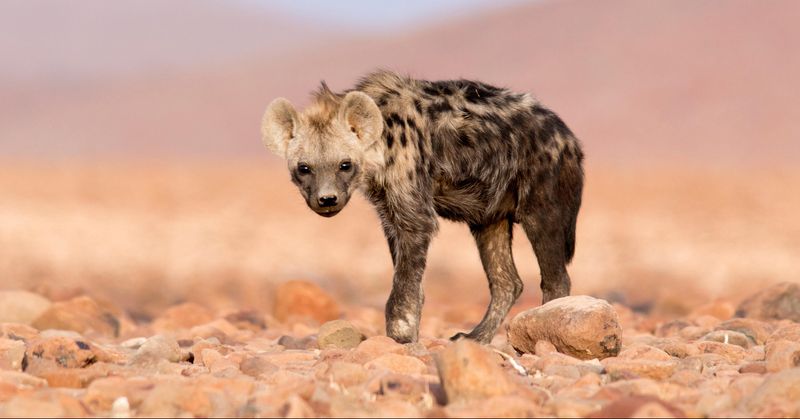
Hyenas play a significant role in regulating prey populations, influencing the balance of ecosystems. As both predators and scavengers, they help control herbivore numbers and remove sick or weak individuals. This natural selection process contributes to the health and stability of ecosystems. Hyenas’ hunting strategies, often involving teamwork and persistence, allow them to target various prey species, from antelopes to zebras. By maintaining prey populations, hyenas indirectly support the growth of vegetation and the survival of other wildlife. Their impact on prey dynamics is a testament to their ecological importance.
Hyenas in Popular Media
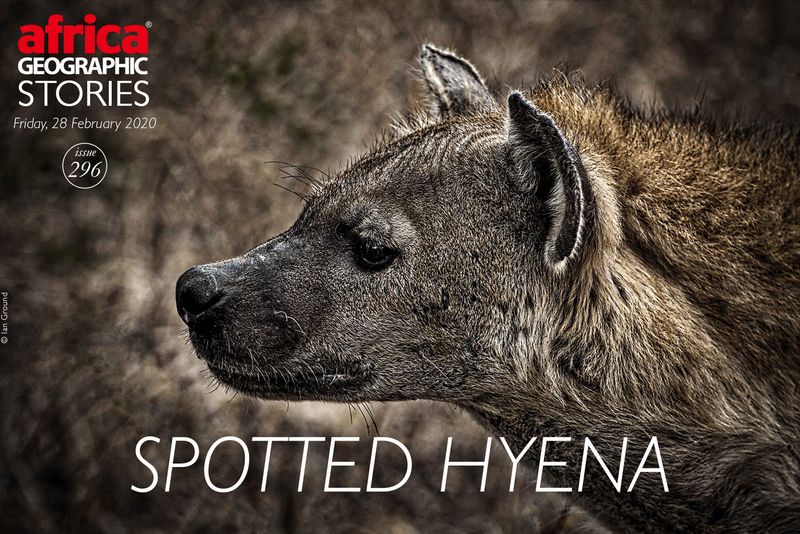
Hyenas have been portrayed in popular media as cunning and malevolent creatures, often depicted as villains in films and cartoons. These portrayals, while entertaining, have contributed to widespread misconceptions about their behavior and nature. In reality, hyenas are intelligent and socially complex animals with a vital role in their ecosystems. By examining their portrayal in media, we can understand the cultural biases that shape public perceptions. Efforts to depict hyenas more accurately can foster appreciation and empathy, leading to a more balanced view of these remarkable animals.
Hyenas’ Interaction with Other Predators
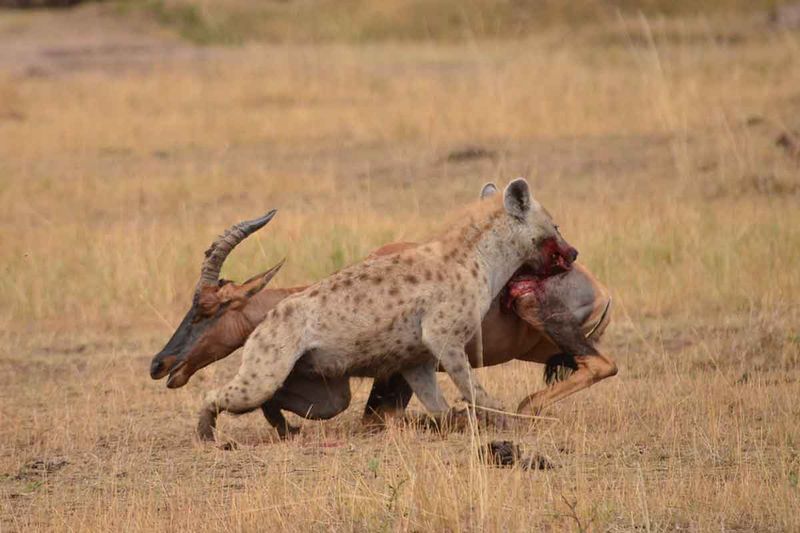
Hyenas often share their habitats with other predators like lions, leopards, and wild dogs. These interactions can be competitive or even cooperative, depending on the situation. While hyenas are known to steal from other predators, they also face theft from lions and leopards. This dynamic creates a complex web of interactions that shape the behavior and success of each species. Understanding these relationships provides insights into the ecological balance and the evolution of cooperative strategies among predators. Hyenas’ interactions with other predators highlight their adaptability and resilience in a competitive world.

